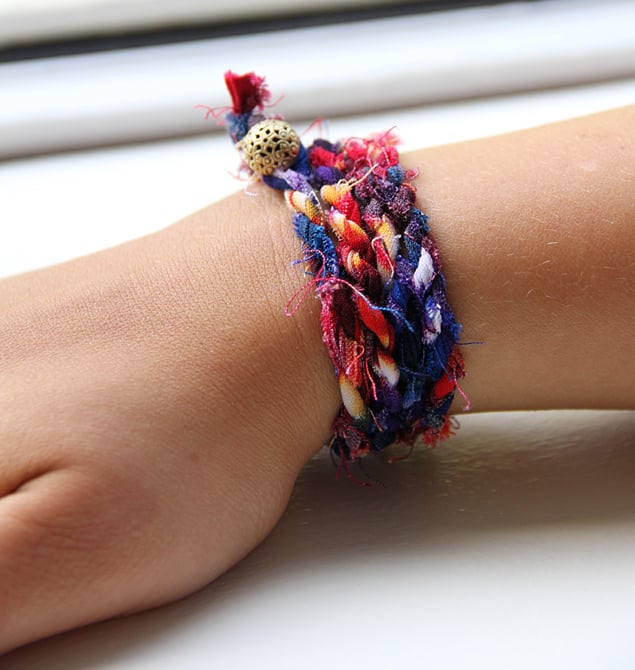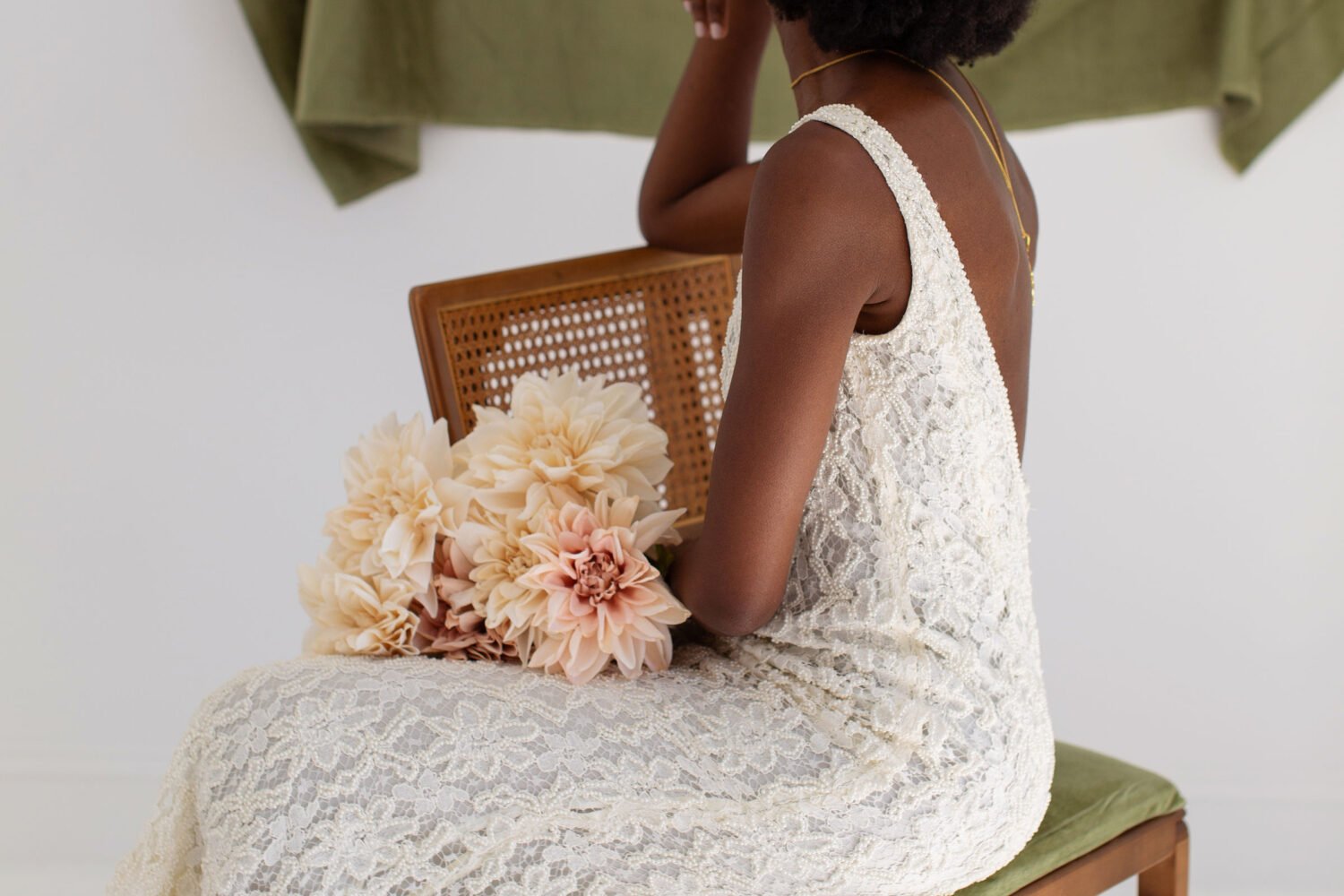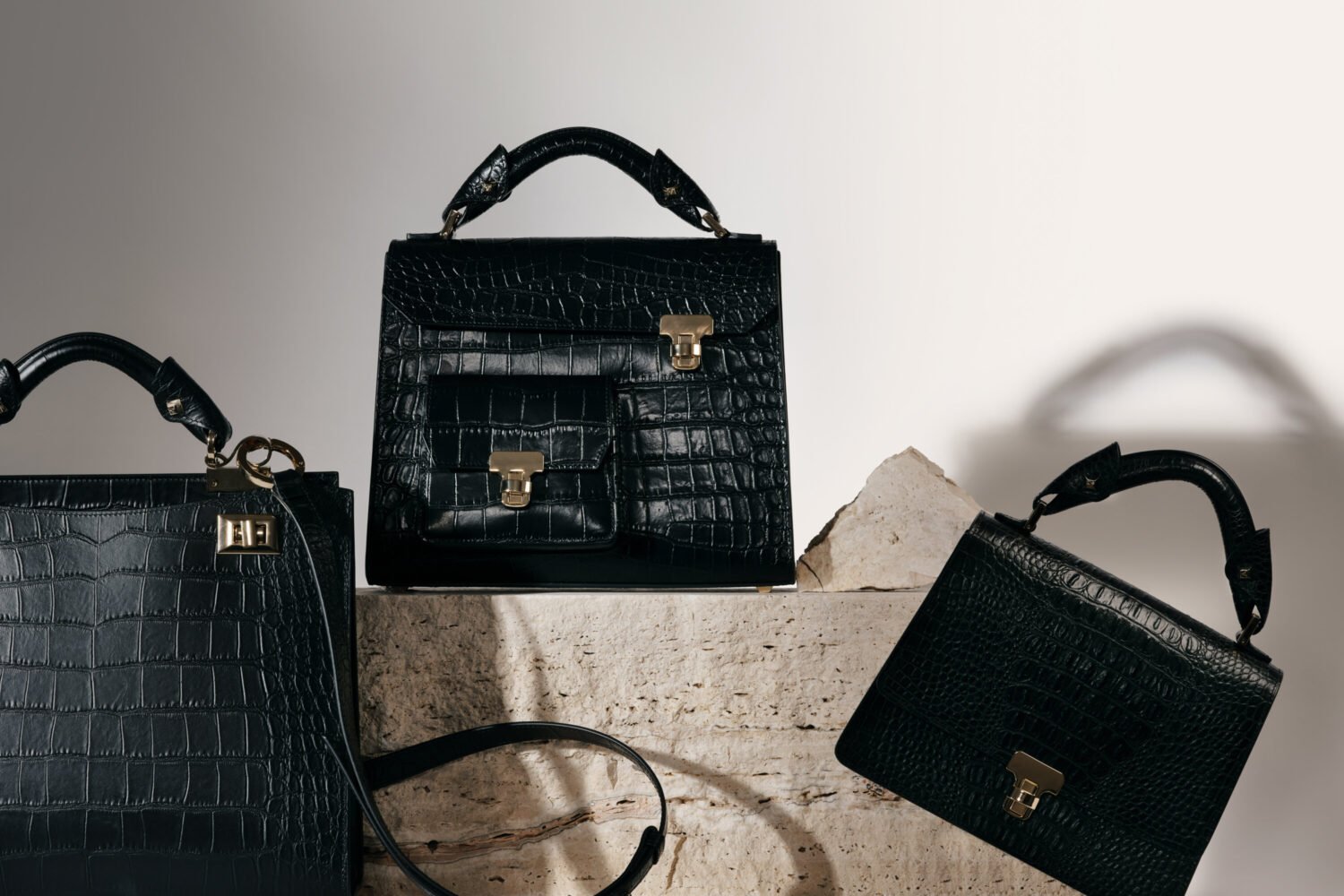Coat Check
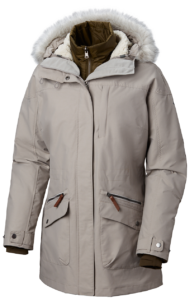
Advances in insulation technology mean you don’t need a bulky coat to keep toasty. Instead of looking for the puffiest style, check the fill rating—the higher the number, the better the insulation. Both down- and synthetic-filled jackets will do the trick, but down is generally lighter while synthetic is more waterproof. All that insulation is for naught if your jacket isn’t windproof. This North Face parka checks the boxes.
Women’s Arctic Parka, $299 at thenorthface.com
Ready for a Run
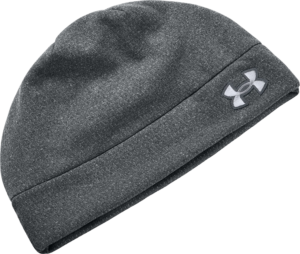
Don’t skip the hat and gloves when jogging outside. Brooks carries great running gloves, and an Under Armour skull cap is an unobtrusive way to keep your ears covered. Also: Avoid cotton clothing, as it will absorb and freeze sweat. Instead, look for lightweight, moisture-wicking material such as Dri-fit.
“Greenlight” gloves, $34 at brooksrunning.com; Under Armour “Storm Beanie,” $30 at Dick’s Sporting Goods
On Your Toes
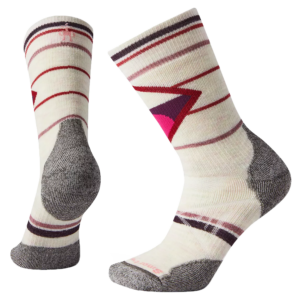
If you want to have warm feet, you’ve got to spring for wool socks. Smartwool socks come in a variety of colors, and the website’s Sock Finder tool can help you identify the perfect pair for any activity.
Crew hiking socks, $24.95 at smartwool.com
The Right Thermos

Never underestimate the power of hot chocolate to help you power through a winter picnic. To keep your drink steamy beyond the first hour, you’ll want metal and glass—which are better than plastic—and something vacuum-insulated, such as this leakproof Avana Beckridge.
Avana Beckridge stainless-steel bottle, $40 to $45 at Amazon
Blanket Coverage
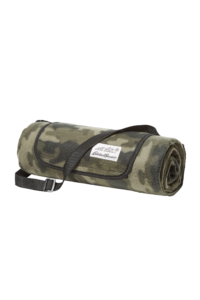
Packing a blanket doesn’t have to be burdensome—many fold up neatly so they’re easy to transport. This Eddie Bauer fleece version, which has a waterproof backing on one side, measures nearly five feet in both width and length but weighs just over a pound and rolls up so you can carry it by a handle.
Outdoor camp blanket, $20 at Eddie Bauer
Mittens, Not Gloves
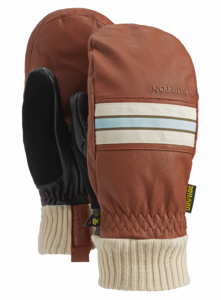
Your $5 Target gloves aren’t going to cut it for more than 15 minutes if you’re sitting in the cold. Look for a hand covering that’s not only insulated but breathable as well as wind- and waterproof. Gloves are better if you need more dexterity, but mittens let your fingers share body heat, making them the warmer option.
Women’s “Free Range” mittens, $89.95 at burton.com
Better Boots
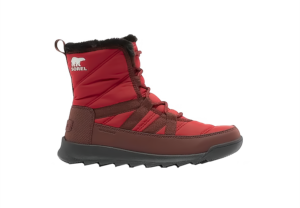
A good boot doesn’t have to be clunky. Brands such as Timberland and L.L. Bean make ankle-length versions that work for wintry hikes and can be dressed up with jeans and a sweater. For those okay with sacrificing a bit of fashion for warmth, Sorel is a tried-and-true favorite. You want a boot to be waterproof and insulated, as well as one that bills itself as breathable—foot sweat can turn icy.
Whitney II Short Lace Boots, $120 at sorel.com
Finishing Touches
The myth that you lose half your heat through your head has been debunked, but any uncovered part of your body will shed heat—so why leave it exposed? Most any decently warm hat and scarf will do, so feel free to focus on fashion over function.
Knit beanie hat and infinity scarf from Lelaffet, $19.99 at Etsy
Underneath It All
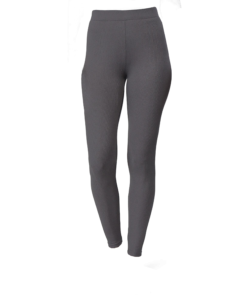
Long underwear is a must for anyone planning to spend extensive time in the chilly outdoors. Don’t worry if you’re going on a socially distanced date: Today’s offerings are thin and lightweight enough to fit under a normal outfit. Choose a set made with a moisture-wicking, synthetic material that fits snugly to trap body heat. Long johns from 32 Degrees give you bang for your buck.
Midweight rib leggings, $9.99 at 32degrees.com
Turn Up the Heat
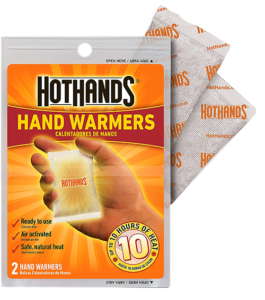
Want extra insurance from the cold or don’t want to buy new gear? Disposable warmers are an easy way to generate heat. Hand warmers can be gripped in pockets or slipped into gloves; toe and foot warmers can be placed inside boots, and there are even stick-on body-warmer patches.
HotHands, $8.49 for ten pairs at Amazon



